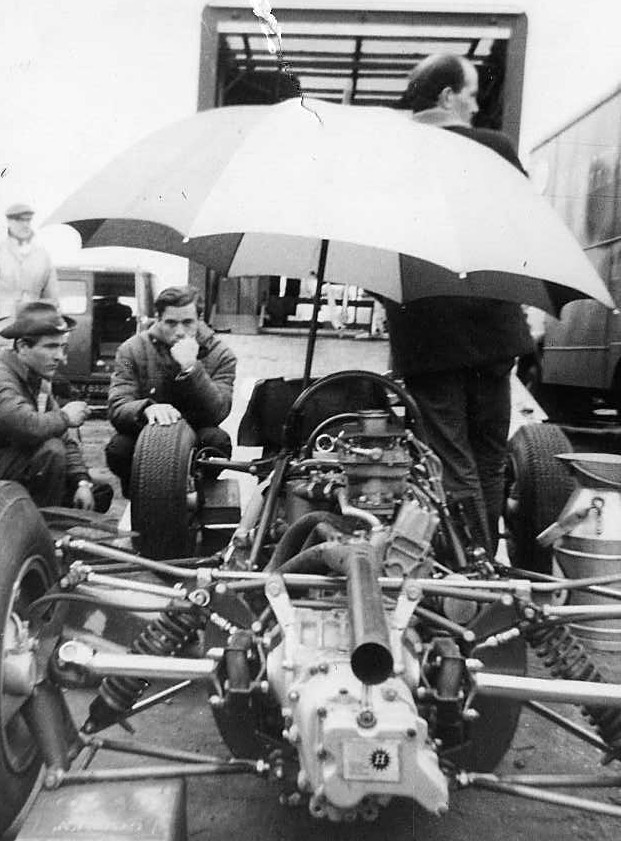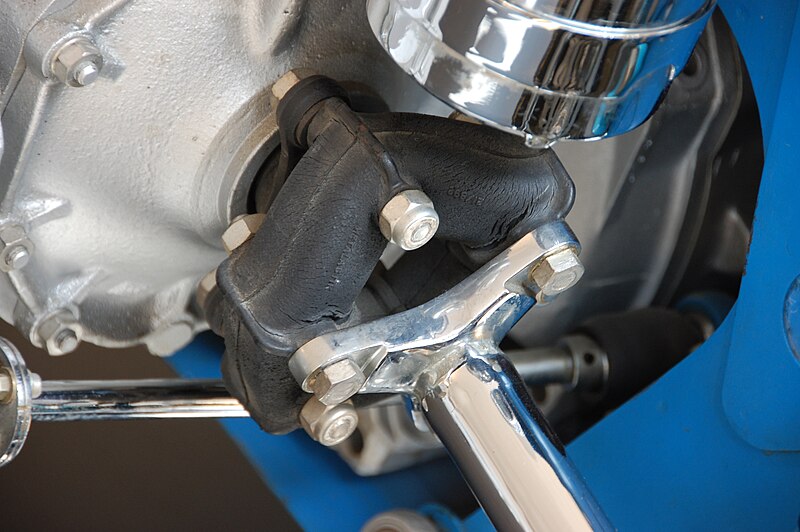What exactly is the function of the Driveshaft Centralizer ?
http://www.bmwmobiletradition-onlin...el=3452&mospid=47807&btnr=26_0159&hg=26&fg=10
I ve just pulled apart the driveshaft to find all components 1 to 7 are missing in mine.
And having driven it less than a couple of miles since purchase i have no idea if its absence was felt or not.
Is anyone running without this assembly?
If it is deemed essential I would like to replace all the components.
it appears all other than CAP - 26113648115, are available.
Is there alternative to this?
Thanks in advance
http://www.bmwmobiletradition-onlin...el=3452&mospid=47807&btnr=26_0159&hg=26&fg=10
I ve just pulled apart the driveshaft to find all components 1 to 7 are missing in mine.
And having driven it less than a couple of miles since purchase i have no idea if its absence was felt or not.
Is anyone running without this assembly?
If it is deemed essential I would like to replace all the components.
it appears all other than CAP - 26113648115, are available.
Is there alternative to this?
Thanks in advance





